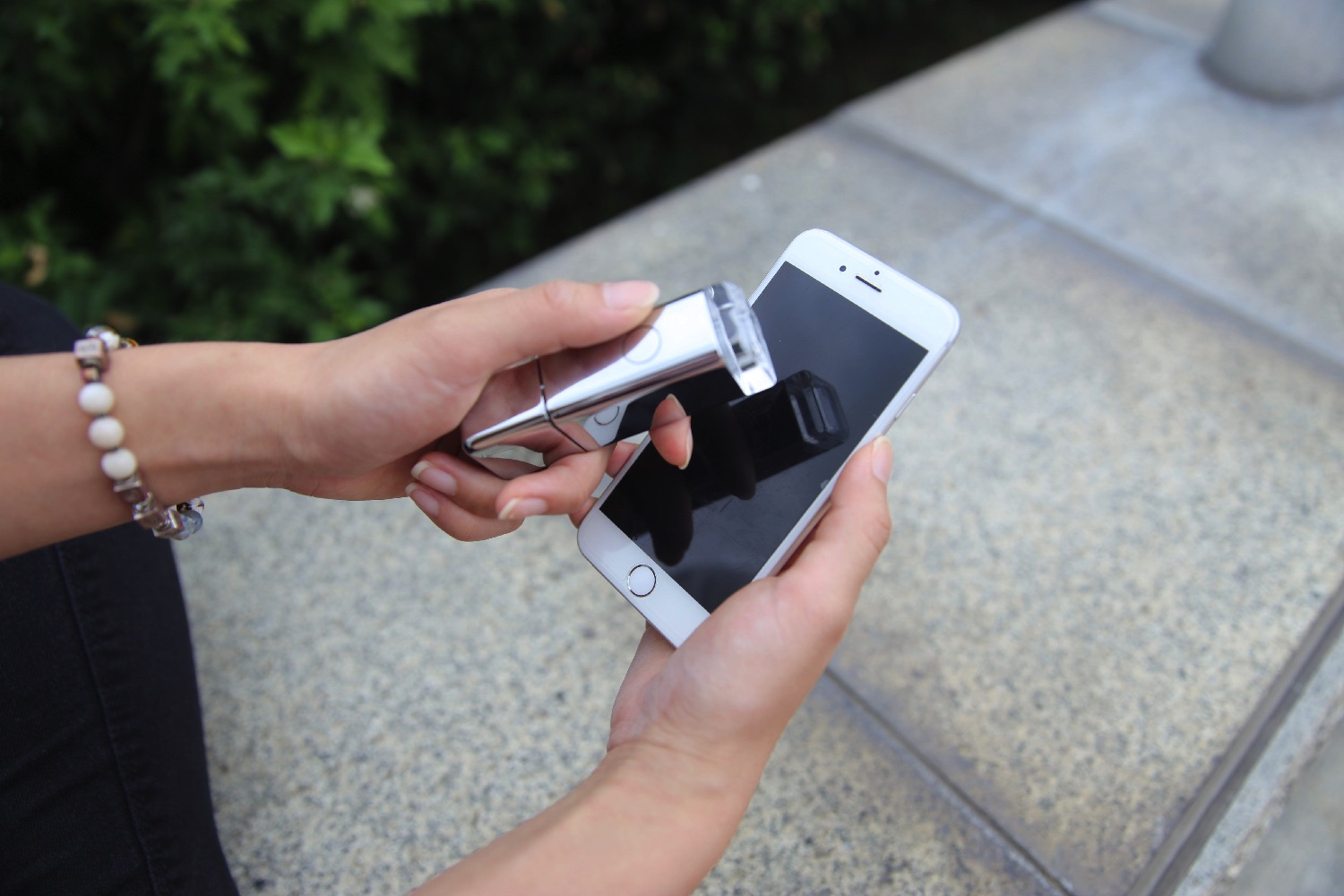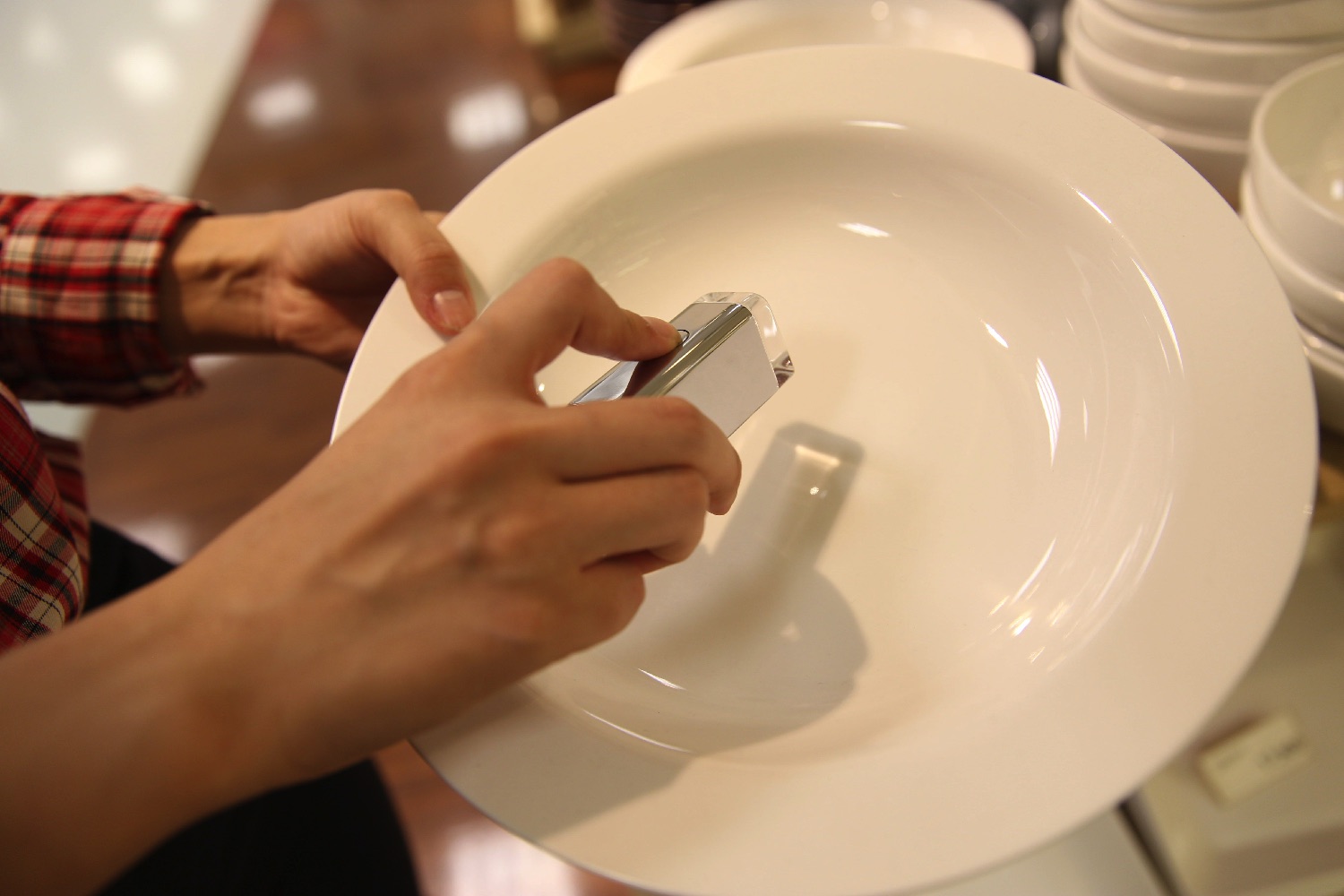That’s the problem a new mobile device, currently raising funds on Kickstarter, is hoping to help solve. Called Cleanty, it’s a mobile UVC LED light source the size of your thumb, or a tube of lipstick. By shining it on surfaces, Cleanty’s creator claims that you can quickly and easily sterilize objects around you, and thereby significantly decrease your chance of infection.
“A couple of years ago, we had an outbreak of MERS disease in Korea,” Korean-born entrepreneur Harry Song told Digital Trends. “It was really nasty. I wanted to create a solution that was proactive, that was better than people getting infected and having to go through a whole course of antibiotics.”
Having heard about UV light’s ability to help stop bacteria in its tracks, Song decided to build a mobile device to carry around with him. “I ordered some parts from Alibaba, and put together a prototype myself,” he continued. “Within a month, I had a working product.”
Song’s original idea was to make a product aimed at killing bacteria around children, but he realized there was a bigger market than just this niche application.
“It’s been really interesting to see how people have used this as I’ve been testing it out,” he said. “Some people use it on their cellphones; other people use it on their utensils if they go out to eat; other people use it on toilet seats in public restrooms; and others have been using it on their shoes. There are lots and lots of use cases.”
The theory behind the technology is that UV light has been shown to damage bacteria by inhibiting life functions such as growth and the ability to multiply, while a large enough dose can stop its internal repair mechanism, thereby rendering it “dead.” Without testing Cleanty, we can’t make any claims regarding its effectiveness, but Song said the technology has been put through rigorous lab tests in which it was proven “to be about 99 percent effective consistently.”
If you’re interested in getting your hands on a Cleanty unit, you can do so over at Kickstarter, where the campaign has already hit its funding target of $10,000. A single unit will cost you $59-plus and ships in February.







